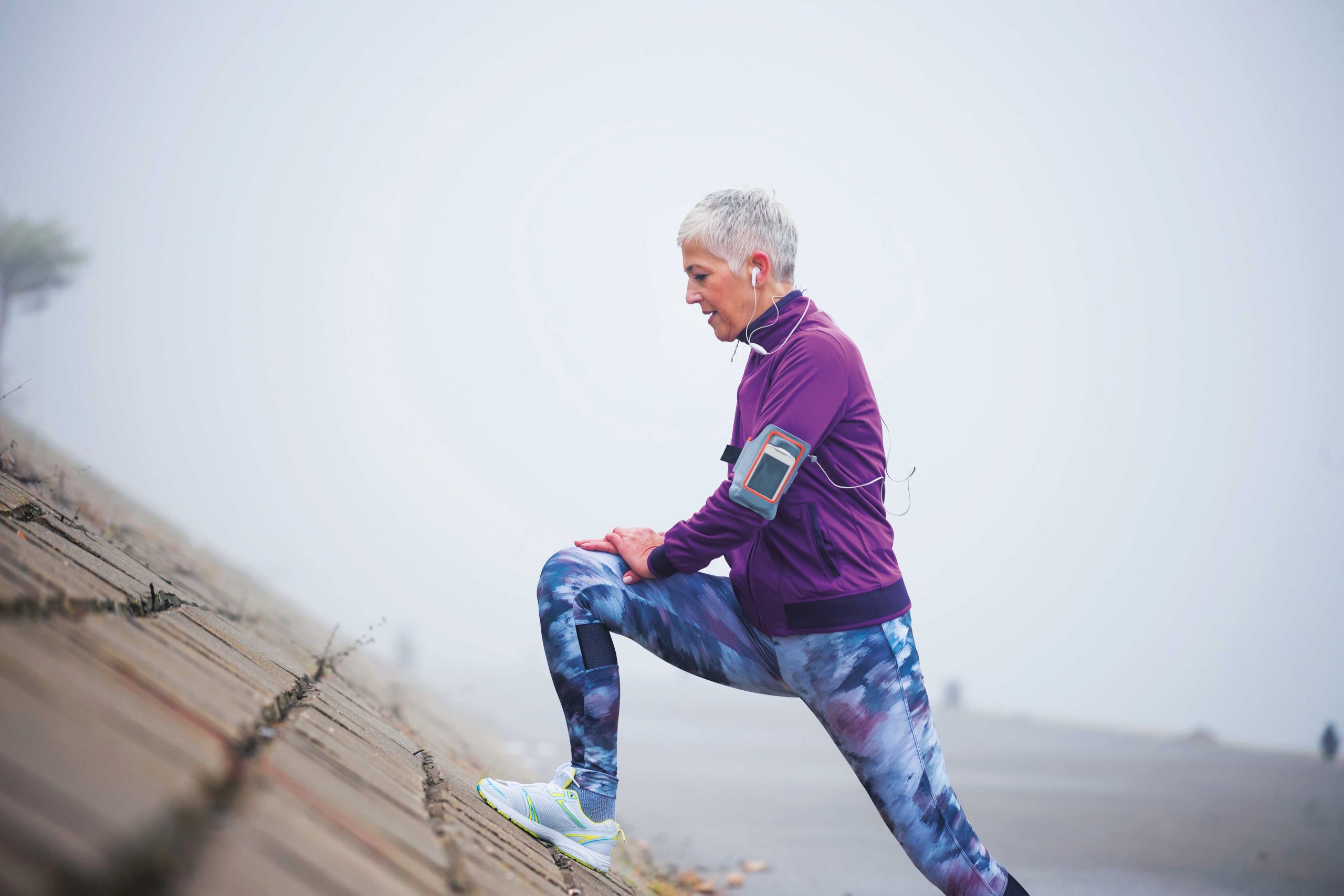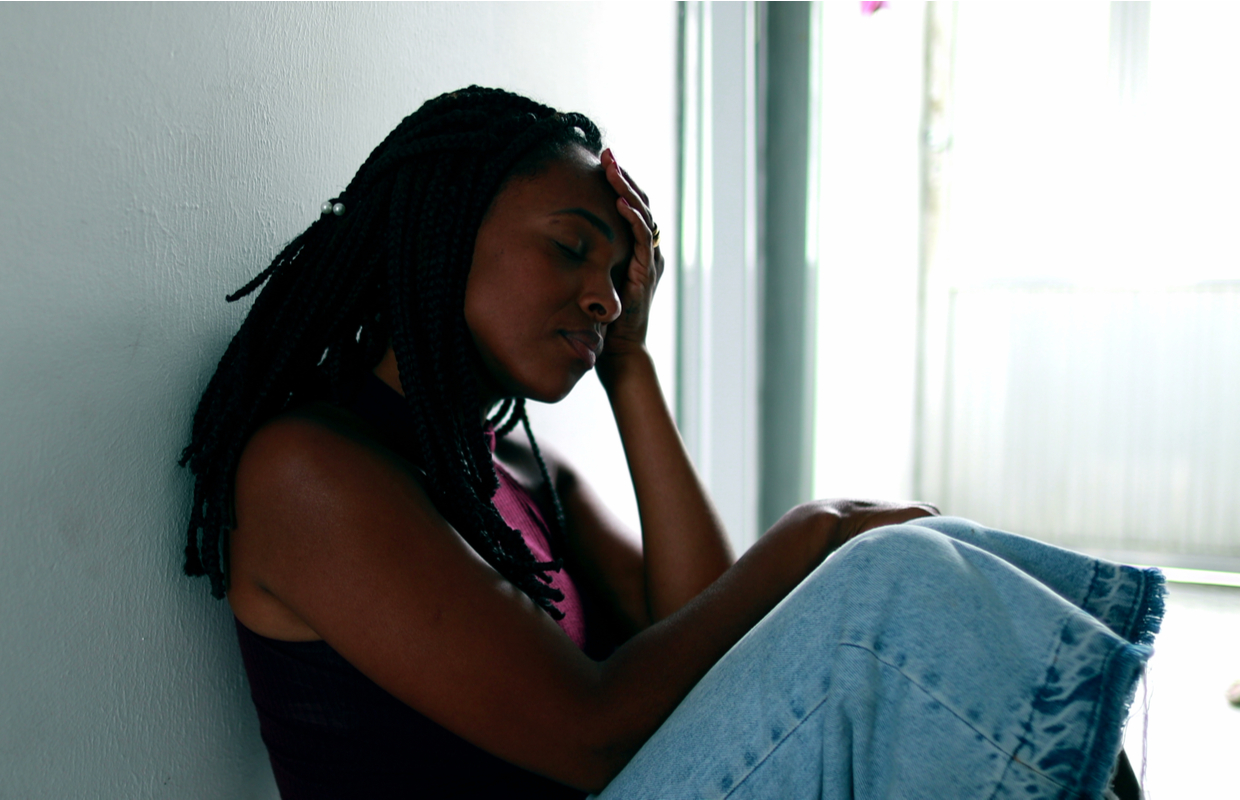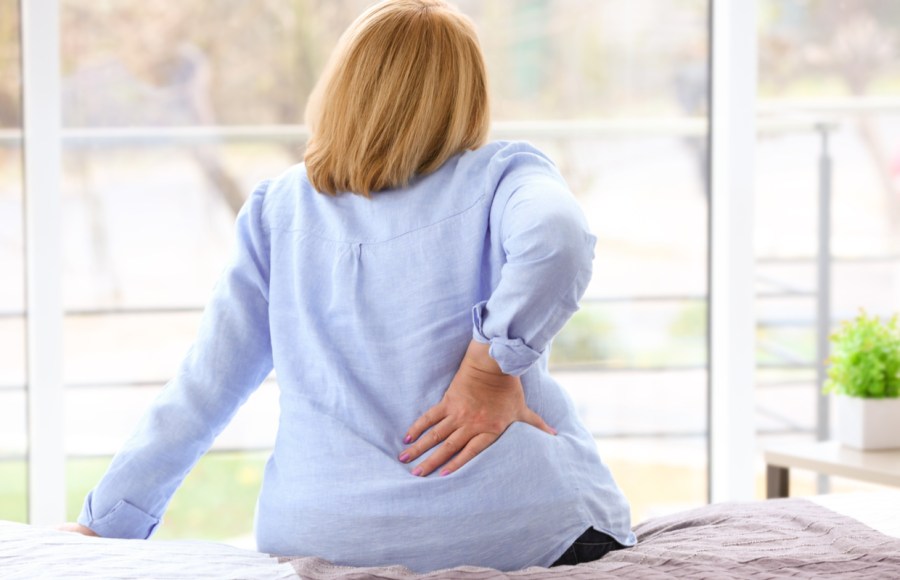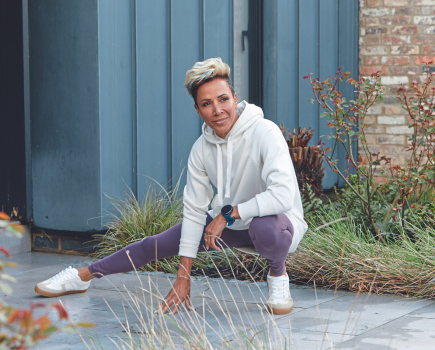It is estimated that one third to half of the UK population lives with chronic pain*, with many reporting their pain having a significant impact on their physical and emotional health. It’s also increasingly recognised that medication alone is not the answer: painkillers do not ‘kill’ the pain – at best they relieve some of it.
Here, Dr Nicola Sherlock shares why those living with chronic pain need to adopt a more holistic view of it and consider what else can be put into their toolboxes of support to better manage it…
1. Understand your chronic pain
Chronic pain is difficult to understand. Why does one person’s pain persist month after month, while someone else’s resolves? Recognising the difference between acute and chronic pain is the first step in understanding it.
Acute pain is short lived; it lasts from a few seconds to around three months. It is useful pain. For example, it lets you know you’re burning your hand on the iron and you need to move it. Chronic pain is different; it serves no purpose and it is not warning you to change your actions. Despite persisting for months, and very often for years, it is of no benefit.
The treatments that work with acute pain do not work as well with chronic pain. When you live with chronic pain, your nervous system adapts and becomes sensitised. Understanding more about the nature of their pain can help people manage it and reduce its impact.
2. Work with your thoughts
Everyone talks to themselves; minds are always chattering away. Some of the things that you say to yourself can be helpful, but some of your mind’s chatter will not be so helpful. When people live with pain, they will often experience a very harsh, critical internal voice. It’s a voice that curtails and diminishes their living.
With practice, it is possible to tune in and observe this chatter and subsequently decide whether it is worth listening to. By tuning out negative chatter, you can move towards your values, the things in life that are really important to you.

3. Be more active – but pace your activity
People who live with chronic pain need to remain physically active. Motion is lotion for your joints and engaging in regular physical activity is incredibly beneficial for your physical and psychological wellbeing.
Often, people who live with pain become less active over time. It is very normal for them to feel anxious about increasing their activity levels, as they are fearful of making their pain even worse.
Many people also adopt a “boom or bust” approach to their activity levels. On a good day, they do too much and pay the price with a flare-up of pain. Pacing physical activity is an extremely powerful tool for becoming more active.
4. Manage your stress levels to ease chronic pain
Stress is an inevitable part of life, whether you live with pain or not. Excessive stress makes pain worse, so it is important that you learn to manage it. Simple breathing exercises can help your body relax and counteract anxiety and stress.
A particularly useful breathing exercise is the 4-7-8 exercise, where you breathe in through your nose to the mental count of 4, hold your breath to the count of 7, and breathe out through your mouth for the count of 8.
Making time for hobbies and relaxation is also essential, as is engaging in activities that help you self-soothe; in doing so, you will help manage your pain.
5. Practise mindfulness to manage chronic pain
Most people spend a lot of time caught up “in their heads”. People aren’t good at living in the present and noticing what is going on right now. There is growing scientific evidence about the benefits of mindfulness in health generally, and in the management of chronic pain specifically.
You can learn to become more mindful in your daily activities, such as when having a shower. You can also practise mindfulness meditation. Research shows that practising mindfulness meditation for 10 minutes a day can be beneficial as it can help you manage stress and anxiety, can improve brain focus and sleep and help manage pain.

6. Improve your sleep
Many people who live with pain struggle to sleep; either they have trouble falling asleep or have difficulty staying asleep. Research indicates that having a bad night’s sleep can make you more sensitive to pain.
Unfortunately, there are no quick fixes but there are many tips that will help improve sleep over time. Although it can be challenging, stopping electronic screen time approximately 90 minutes before bed is helpful. If this seems impossible, it can be worth purchasing amber glasses, which block the blue light wavelengths that impact the production of sleep hormone melatonin.
Developing a routine and a sleep schedule – when you get up and go to bed at the same time every day – can help as well. Of course, you also need to be mindful of your caffeine intake. Even if you think caffeine doesn’t affect you, it is best to avoid it after lunch.
7. Manage your mood
It is extremely challenging to live with daily pain, and it is very common for people who live with pain to experience a low mood. If you are struggling with a low mood, it can make it even harder to manage your pain.
If your mood is low, it can be very difficult to motivate yourself to work on improving your disposition but it is important to recognise that many things can help with mood management. Having a daily routine, connecting with family and friends, practising gratitude, spending time outdoors and practising mindfulness meditation can all be helpful.
Many people benefit from professional support if their mood is low, and it is important to reach out and ask for help if you think you need it.
Chronic pain is a big issue in the UK. But there are many things that people can do about it for themselves. The key is to find the techniques and approaches that work for you, and introduce them into your life gradually. In doing so, a fresh world of opportunity, enjoyment and accomplishment will reveal itself.
Dr Nicola Sherlock has worked in an NHS pain clinic for more than two decades and is the author of Master Your Chronic Pain: A Practical Guide (£15.99, Hawksmoor Publishing), which contains techniques and practical tips to help people.







